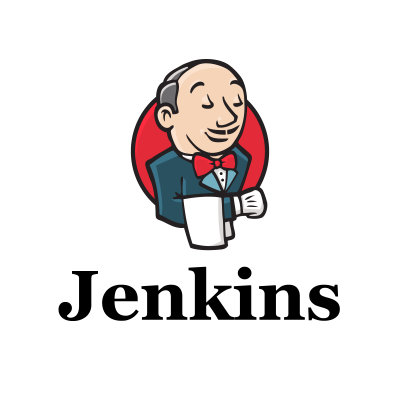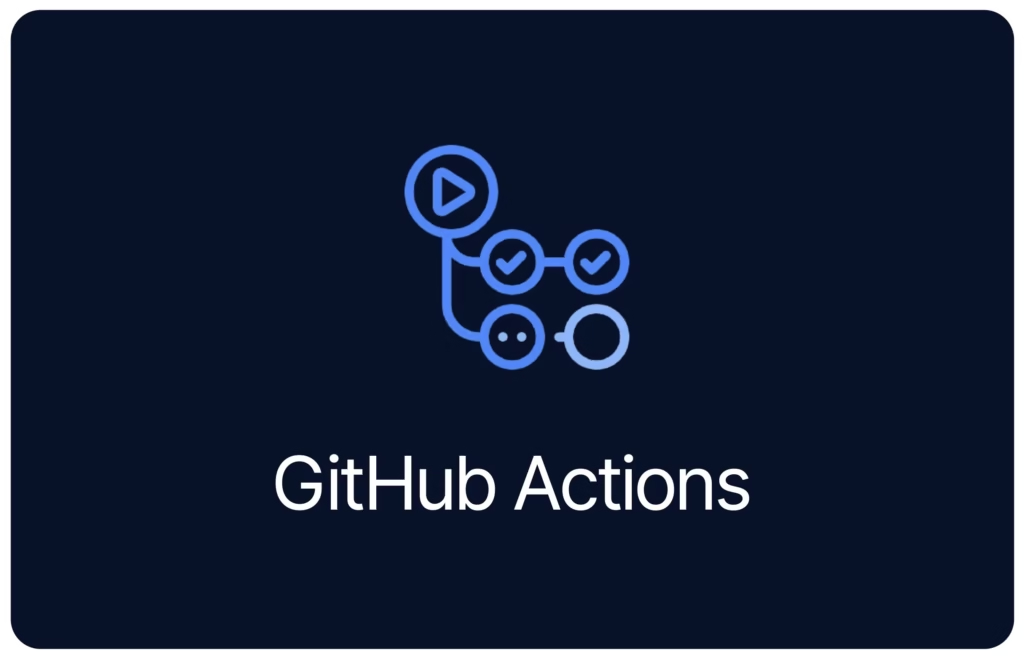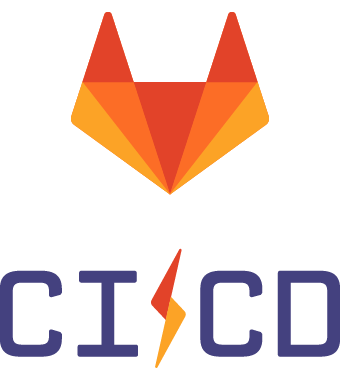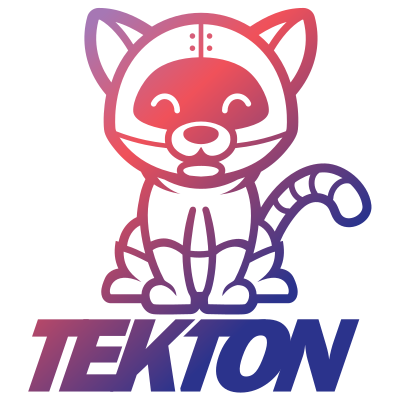Introduction to GitOps and ArgoCD
In today’s fast-paced software development landscape, GitOps has gained traction as a revolutionary approach to managing infrastructure and application deployments. At its core, GitOps uses Git as the single source of truth for defining the desired state of a system. Every change—whether it’s code, configuration, or infrastructure—is tracked in a Git repository, enabling automation, traceability, and collaboration.
Enter ArgoCD, a declarative, GitOps-centric tool tailored for Kubernetes. ArgoCD continuously monitors a Git repository containing your application manifests and ensures that the live state of your Kubernetes cluster matches the desired state defined in Git. This eliminates configuration drift and simplifies deployment management. However, while ArgoCD handles the Continuous Deployment (CD) side of the pipeline, it relies on a robust Continuous Integration (CI) process to prepare the artifacts it deploys. This is where choosing the right CI tool becomes a game-changer.
In this blog post, we’ll explore how to select the ideal CI tool to pair with ArgoCD for an effective GitOps workflow. We’ll cover the role of CI tools, key selection criteria, an evaluation of popular options, real-world scenarios, and practical code examples—all while ensuring the content is original, detailed, and actionable.
Why CI Tools Matter in a GitOps Workflow
Before diving into specific tools, let’s clarify the role of CI tools in a GitOps pipeline. Continuous Integration focuses on automating the build, test, and validation of code changes. In a GitOps context with ArgoCD, the CI tool’s job doesn’t end with building a container image—it must also prepare the Git repository that ArgoCD monitors.
Here’s how it typically works:
- A developer commits code to a Git repository.
- The CI tool detects the change, builds the application, runs tests, and creates artifacts (e.g., Docker images).
- The CI tool pushes these artifacts to a registry and updates the Git repository with new image tags or configuration files.
- ArgoCD notices the Git update and deploys the changes to Kubernetes.
The CI tool acts as the bridge between development and deployment, ensuring that only validated, production-ready changes reach ArgoCD. A poorly chosen CI tool can bottleneck this process, disrupt automation, or fail to integrate smoothly with ArgoCD’s GitOps paradigm.
Key Criteria for Choosing a CI Tool for ArgoCD
Not all CI tools are created equal, especially when paired with ArgoCD. Here are the essential factors to consider when making your choice:
1. Ease of Integration
The CI tool should integrate seamlessly with Git repositories, container registries, and ArgoCD’s workflow. It should support automation for updating manifests or triggering ArgoCD syncs without manual intervention.
2. Kubernetes Compatibility
Since ArgoCD is designed for Kubernetes, the CI tool should be comfortable in a Kubernetes environment. Bonus points if it can run jobs natively within the cluster or handle Kubernetes-specific tasks like Helm chart testing.
3. Scalability
From small startups to sprawling enterprises, the CI tool must scale with your workload. It should handle multiple builds, parallel jobs, and growing teams without compromising performance.
4. Community and Documentation
A vibrant community and clear documentation are invaluable for troubleshooting, extending functionality, and onboarding team members.
5. GitOps-Friendly Features
Look for features that align with GitOps principles, such as automated testing, security scanning, and the ability to manage Git commits as part of the pipeline.
With these criteria in mind, let’s evaluate some of the most popular CI tools and see how they stack up with ArgoCD.
Evaluating Popular CI Tools for ArgoCD
Below, we’ll analyze five widely used CI tools—Jenkins, GitHub Actions, GitLab CI/CD, Tekton, and CircleCI—focusing on their strengths, weaknesses, and suitability for ArgoCD.
Jenkins

Overview
Jenkins is a veteran in the CI/CD space, renowned for its flexibility and vast plugin ecosystem. It’s an open-source tool that can be deployed anywhere, from on-premises servers to cloud environments.
Strengths
- Customizability: With thousands of plugins, Jenkins can adapt to virtually any workflow.
- Complex Pipelines: It excels at orchestrating intricate, multi-stage pipelines.
- Deployment Flexibility: Works in hybrid environments, making it ideal for legacy systems.
Weaknesses
- Setup Overhead: Requires significant configuration and maintenance.
- Learning Curve: Can be intimidating for newcomers or small teams.
When to Use It
Jenkins is a great fit for teams needing fine-grained control or managing diverse technology stacks alongside ArgoCD.
Example
Imagine a team building a Java application. Jenkins can compile the code, run unit tests, build a Docker image, and update the GitOps repository.
pipeline {
agent any
environment {
IMAGE_NAME = "myapp:${env.BUILD_NUMBER}"
}
stages {
stage('Build') {
steps {
sh 'mvn clean package'
sh "docker build -t ${IMAGE_NAME} ."
}
}
stage('Push') {
steps {
sh "docker push ${IMAGE_NAME}"
}
}
stage('Update GitOps Repo') {
steps {
sh "sed -i 's|image:.*|image: ${IMAGE_NAME}|' k8s/deployment.yaml"
sh 'git add k8s/deployment.yaml'
sh 'git commit -m "Update image to ${IMAGE_NAME}"'
sh 'git push origin main'
}
}
}
}
GitHub Actions

Overview
GitHub Actions is a cloud-native CI/CD platform built into GitHub, offering a streamlined experience for teams already using GitHub as their source control system.
Strengths
- Native Integration: Works effortlessly with GitHub repositories.
- Simplicity: YAML-based workflows are easy to write and maintain.
- Marketplace: A rich ecosystem of reusable actions.
Weaknesses
- Cloud-Centric: Less ideal for on-premises setups unless using self-hosted runners.
- GitHub Dependency: Ties you to GitHub’s ecosystem.
When to Use It
Perfect for teams leveraging GitHub and seeking a lightweight, modern CI solution.
Example
A team developing a Node.js app can use GitHub Actions to automate builds and trigger ArgoCD deployments.
name: CI Pipeline
on: [push]
jobs:
build-and-deploy:
runs-on: ubuntu-latest
steps:
- uses: actions/checkout@v3
- name: Build and Push
run: |
docker build -t myapp:${{ github.sha }} .
docker push myapp:${{ github.sha }}
- name: Update GitOps Repo
run: |
sed -i "s|image:.*|image: myapp:${{ github.sha }}|" k8s/deployment.yaml
git config --global user.email "ci@github.com"
git config --global user.name "CI Bot"
git commit -am "Update image to ${{ github.sha }}"
git push origin main
GitLab CI/CD

Overview
GitLab CI/CD is an integrated CI/CD solution within the GitLab platform, offering a unified experience for version control, CI, and deployment.
Strengths
- All-in-One: Combines SCM, CI/CD, and registry in one platform.
- User-Friendly: YAML configuration is intuitive and well-documented.
- Auto DevOps: Simplifies setup for common workflows.
Weaknesses
- GitLab Focus: Less flexible if you use other SCM tools.
- Cost: Advanced features require a premium subscription.
When to Use It
Ideal for teams fully committed to GitLab’s ecosystem.
Example
A Python app team can use GitLab CI/CD to build, test, and integrate with ArgoCD.
stages:
- build
- deploy
build_job:
stage: build
script:
- docker build -t myapp:$CI_COMMIT_SHA .
- docker push myapp:$CI_COMMIT_SHA
deploy_job:
stage: deploy
script:
- sed -i "s|image:.*|image: myapp:$CI_COMMIT_SHA|" k8s/deployment.yaml
- git commit -am "Update image to $CI_COMMIT_SHA"
- git push origin main
Tekton

Overview
Tekton is a Kubernetes-native CI/CD framework, designed to run pipelines as custom resources within a cluster.
Strengths
- Cloud-Native: Built for Kubernetes, aligning perfectly with ArgoCD.
- Scalability: Leverages Kubernetes’ resource management.
- Modularity: Reusable tasks and pipelines.
Weaknesses
- Complexity: Requires Kubernetes expertise.
- Setup: More involved than hosted solutions.
When to Use It
Best for teams with a Kubernetes-first strategy.
Example
A microservices team can use Tekton to build and deploy services.
apiVersion: tekton.dev/v1beta1
kind: Task
metadata:
name: build-and-push
spec:
params:
- name: commit-sha
type: string
steps:
- name: build
image: docker
script: |
docker build -t myapp:$(params.commit-sha) .
docker push myapp:$(params.commit-sha)
CircleCI

Overview
CircleCI is a cloud-based CI/CD platform known for its speed and simplicity, with support for both hosted and self-hosted options.
Strengths
- Performance: Fast builds with parallelization.
- Ease of Use: Simple YAML configuration.
- Integrations: Works with multiple SCMs and registries.
Weaknesses
- Cloud Focus: Limited on-premises support.
- Cost: Can get expensive for heavy usage.
When to Use It
Great for teams wanting a hassle-free, hosted CI experience.
Example
A web app team can use CircleCI to automate their pipeline.
version: 2.1
jobs:
build:
docker:
- image: cimg/base:stable
steps:
- checkout
- run:
name: Build and Push
command: |
docker build -t myapp:$CIRCLE_SHA1 .
docker push myapp:$CIRCLE_SHA1
- run:
name: Update GitOps
command: |
sed -i "s|image:.*|image: myapp:$CIRCLE_SHA1|" k8s/deployment.yaml
git commit -am "Update image to $CIRCLE_SHA1"
git push origin main
Real-World Scenarios
Let’s bring these tools to life with practical examples of how they integrate with ArgoCD.
Scenario 1: Legacy Modernization in an Enterprise
Context: A financial institution with legacy Java applications wants to adopt GitOps while supporting on-premises infrastructure.
Solution: The team chooses Jenkins for its flexibility. They configure a pipeline to build JAR files, containerize them, and update the GitOps repository. ArgoCD then deploys the changes to a hybrid Kubernetes cluster.
Result: The company modernizes its pipeline, achieving automated deployments with minimal disruption.
Scenario 2: Agile Startup with Frequent Releases
Context: A startup building a SaaS product needs rapid iteration and deployment cycles.
Solution: GitHub Actions is implemented to automate builds and tests for their Node.js app. After pushing images to a registry, the workflow updates the GitOps repo, triggering ArgoCD.
Result: The team deploys multiple times a day, accelerating feature delivery.
Scenario 3: Kubernetes-Native Microservices
Context: A tech firm runs dozens of microservices on Kubernetes and wants a CI tool that fits its cloud-native stack.
Solution: Tekton is deployed within the cluster to build and test services. Pipelines update the GitOps repo, and ArgoCD handles deployments.
Result: A seamless, scalable CI/CD pipeline that maximizes Kubernetes’ potential.
Conclusion
Choosing the right CI tool for ArgoCD is a strategic decision that depends on your team’s needs, infrastructure, and goals. Jenkins offers unmatched customization, GitHub Actions excels in simplicity, GitLab CI/CD provides an all-in-one solution, Tekton shines in Kubernetes environments, and CircleCI delivers speed and ease.
To make the best choice, assess your criteria—integration, scalability, and features—and test the tool in your environment. With the right CI tool, your GitOps workflow with ArgoCD will be efficient, reliable, and ready to scale.
Also Read: 5 ArgoCD ApplicationSet Patterns Every GitOps Engineer Should Know
References
Explore these resources for more on CI tools and ArgoCD:
- Official Documentation
- Jenkins Documentation – Setup and pipeline guides.
- GitHub Actions Documentation – Workflow creation and integration.
- GitLab CI/CD Documentation – Pipeline configuration details.
- Tekton Documentation – Kubernetes-native CI/CD info.
- CircleCI Documentation – Project setup and integrations.
- ArgoCD Documentation – GitOps deployment guide.
- Tutorials and Guides
- Jenkins with ArgoCD Tutorial – Pipeline examples.
- GitHub Actions and ArgoCD – Workflow examples.
- GitLab CI/CD with ArgoCD – GitOps setup.
- Tekton and ArgoCD Guide – Kubernetes pipeline tutorial.
- CircleCI with ArgoCD – Deployment walkthrough.
- Community Resources
- ArgoCD GitHub – Community contributions.
- Jenkins Community – Forums and meetups.
- GitHub Forum – Workflow discussions.
- GitLab Forum – User support.
- Tekton GitHub – Community engagement.
- CircleCI Discuss – User resources.

